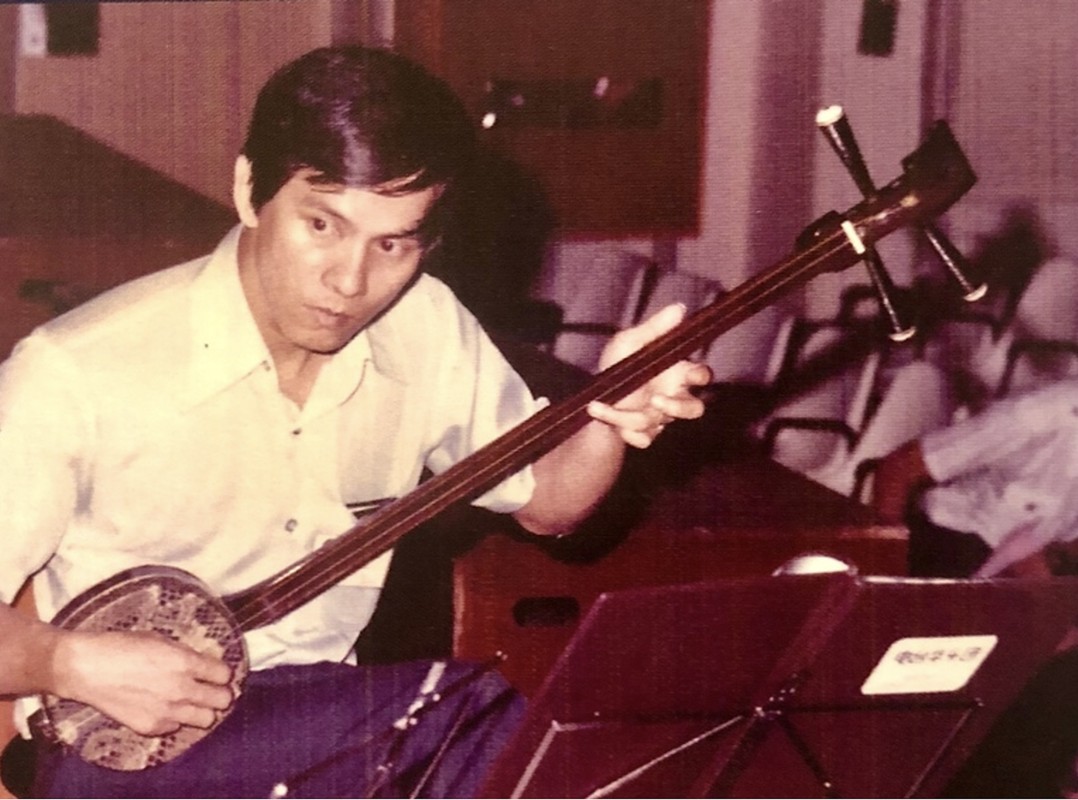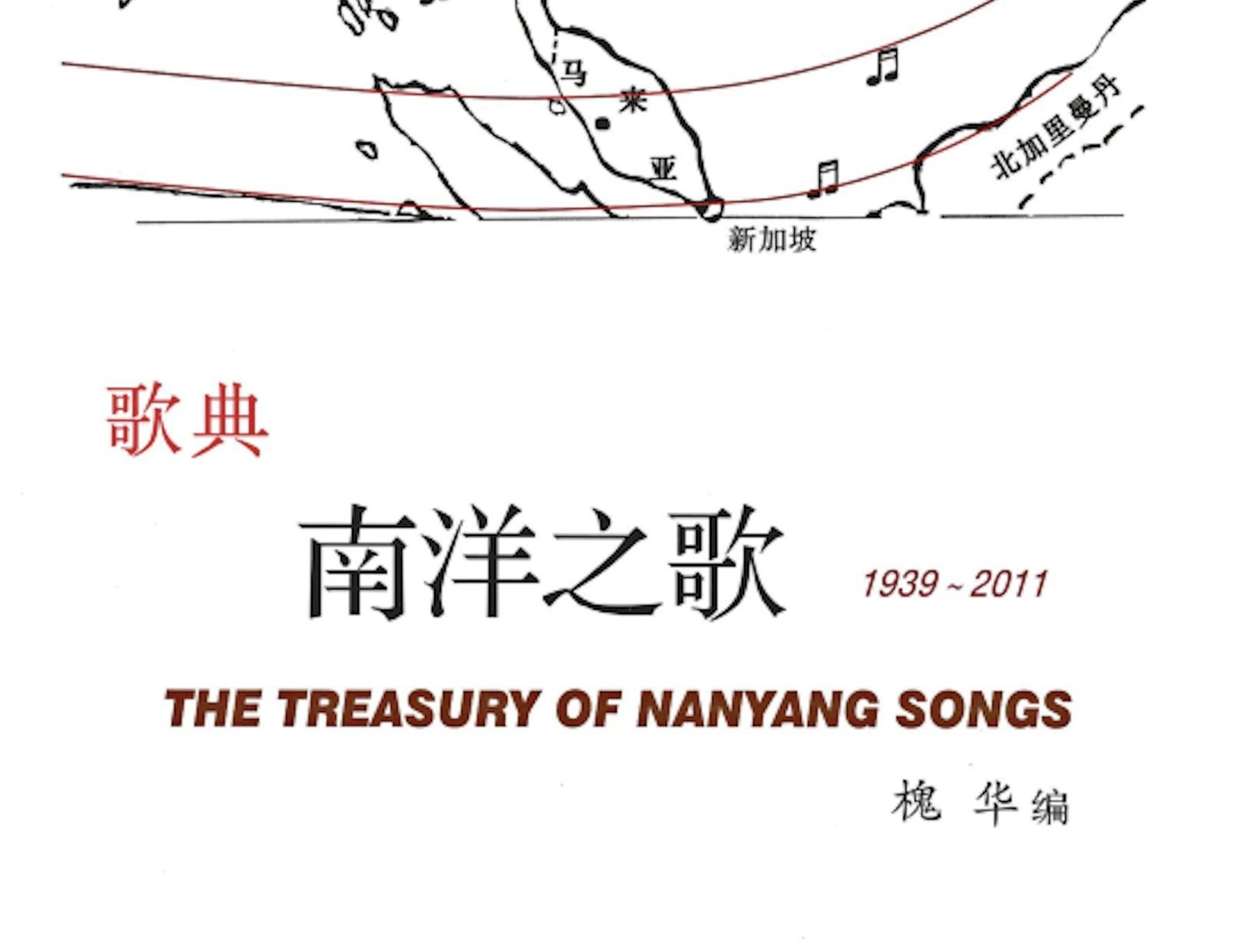Nanyang music and the Singapore Chinese Orchestra
The Singapore Chinese Orchestra (SCO) was founded in 1996 but only started promoting Nanyang-style music in 2002. Although there were some compositions such as the Legend of the Merlion, which SCO commissioned several years prior, the term “Nanyang style music” was created by then music director and conductor Tsung Yeh in 2002. “Nanyang” (literally “southern seas”) refers to the region south of China. This covers the Malay Archipelago, the Philippines, the Indonesian archipelago, coastal areas of the Indochinese peninsula, and other land areas. Early Chinese immigrants in the 19th century who worked and settled in the region used the term to refer to Southeast Asia. The home culture they brought with them had integrated with the culture of Nanyang to form a distinctive historical and cultural thread.
Chinese orchestral music pieces composed in the Nanyang style have fused traditional Chinese orchestral music with elements from the Nanyang region. They come in a wide range of colourful, melodious tunes, and fluid, rhythmic melodies. Before SCO mooted the idea of Nanyang style Chinese orchestral music, this concept had already been spreading among the community. Many groups such as Siong Leng Musical Association, Nam Hwa Teochew Music Ensemble, City Chinese Orchestra, and Keat Hong Chinese Orchestra had been pondering a “Nanyang style” of music anchored in the local community.


Building a Nanyang repertoire
Inspired by the Nanyang style of painting, SCO’s former music director Tsung Yeh developed Nanyang music in phases during his tenure. He learnt about the styles of tunes found in the Nanyang region and the positioning of the Nanyang repertoire, and invited local composers to try their hands at creating Nanyang-style works. Law Wai Lun’s Prince Sang Nila Utama and Singa and Zheng He – Admiral of the Seven Seas, and Wang Chenwei’s The Sisters’ Islands are representative of this style.
The Singapore International Competition for Chinese Orchestral Compositions held by the SCO in 2006, 2011, and 2015 paved the way for “Chinese orchestral works with a strong Nanyang flavour”. From compositions that won these competitions to commissioned creations, the orchestra has accumulated a repertoire of more than 60 pieces of Nanyang-style Chinese orchestral music. In addition to promoting the creation of Nanyang-style music, it has also nurtured a group of composers and provided a platform for young local composers.
The orchestra appointed composers-in-residence, including Law Wai Lun, Phoon Yew Tien, Eric Watson, and Wang Chenwei. They organised workshops and lectures on music composition, conducted in-depth field research, and experienced the culture of Nanyang music for themselves. This laid a good foundation for the development of Nanyang-style Chinese orchestral music.
The SCO’s Nanyang-style Chinese orchestral music strives to break free from constraints. It aims to create a completely new style of music that integrates local elements with lessons from Chinese music culture.
Chinese orchestral music has been passed down and developed by many generations since it came to Singapore’s shores. On one hand, it has retained the cultural aspects of traditional Chinese orchestral music. On the other, it has evolved a Nanyang style with a Singaporean flavour that takes into account the island’s geography, climate, and culture.
Nanyang-style Chinese orchestral music is now a mature genre. With its roots firmly planted in the soil of Southeast Asian music culture, it will continue to thrive if efforts to cultivate it continue — giving Singapore’s Chinese orchestral music a uniqueness on the international stage.
This is an edited and translated version of 新加坡华乐团与南洋风格华乐. Click here to read original piece.
Ling, Hock Siang. Shiyu xia de xinjiapo huayue fazhan lujing [Overview of the development of Singapore Chinese music]. Singapore: Singapore Chinese Music Federation, 2023. | |
Lee, Ming-yen. “Minyue zhi nan – lun xinjiapo huayuetuan nanyangfeng huayue zhi kaichuang yu yanxu” [Folk music and the south – on the beginnings and development of Nanyang style in Singapore’s Chinese orchestras]. Journal of the Central Conservatory of Music 4 (2018): 42–54. | |
Leong, Weng Kam. Renmin de yuetuan: xinjiapo huayuetuan 1996–2016. [The people’s orchestra: Singapore Chinese Orchestra 1996–2016]. Singapore: Singapore Chinese Orchestra Company Limited, 2017. | |
Zhang, Meng. “Dazao nanyang huayue pinpai” [Creating a Nanyang brand of Chinese music]. People’s Music 6 (2011): 14–15. |










